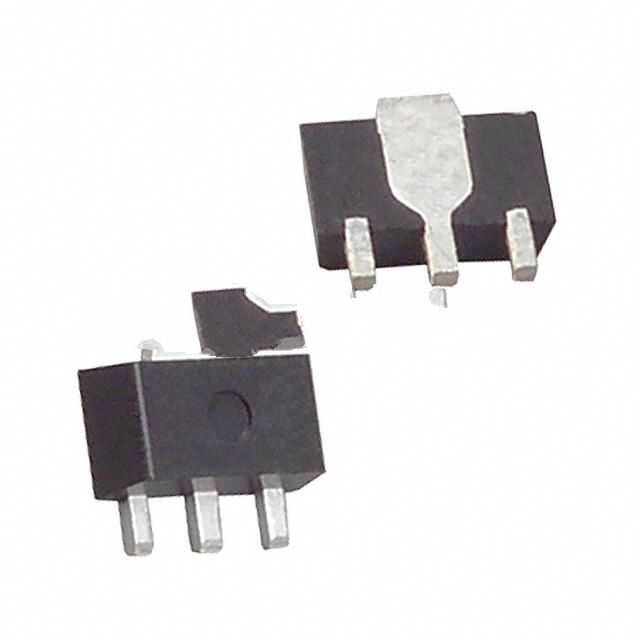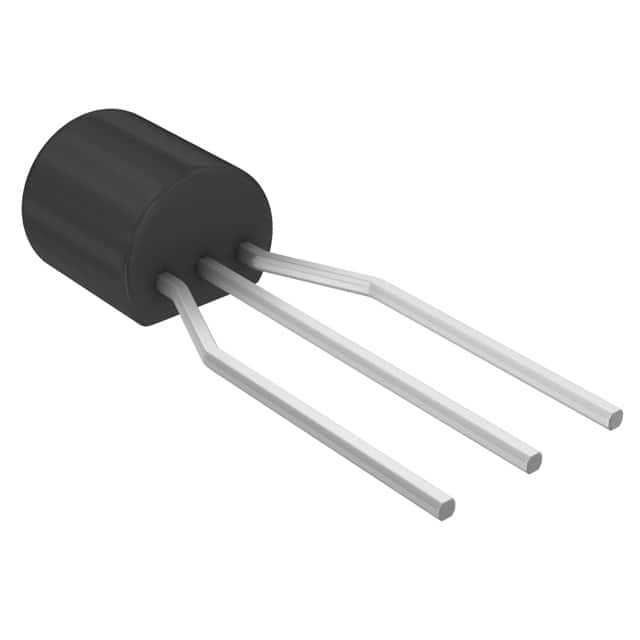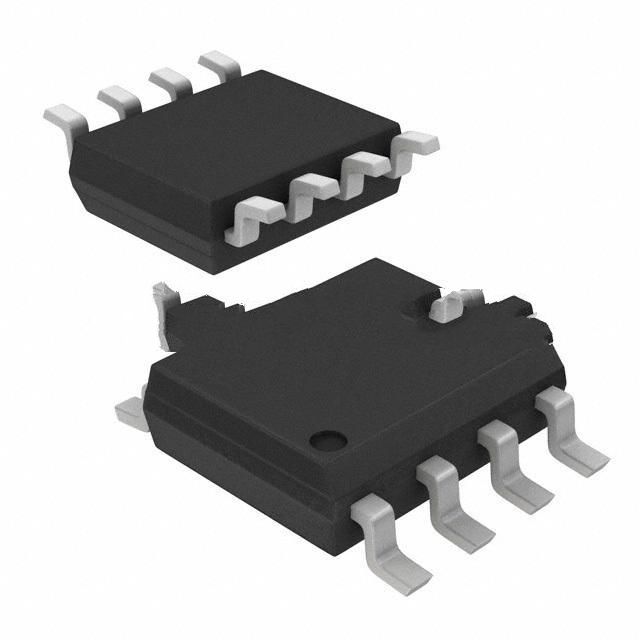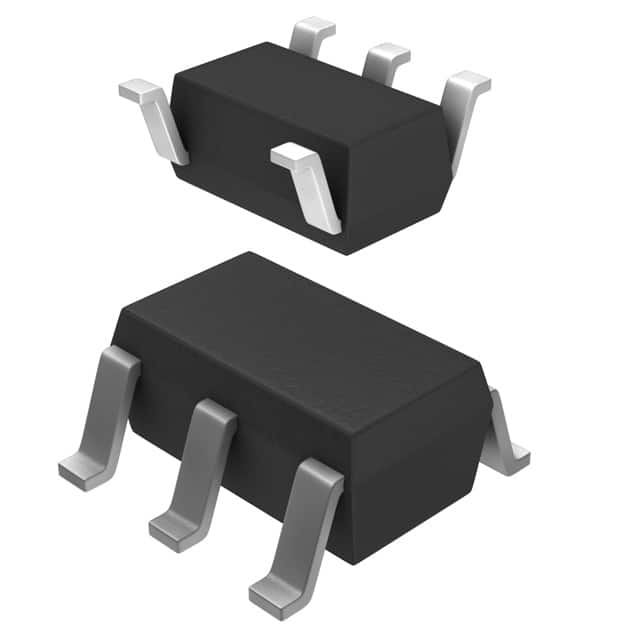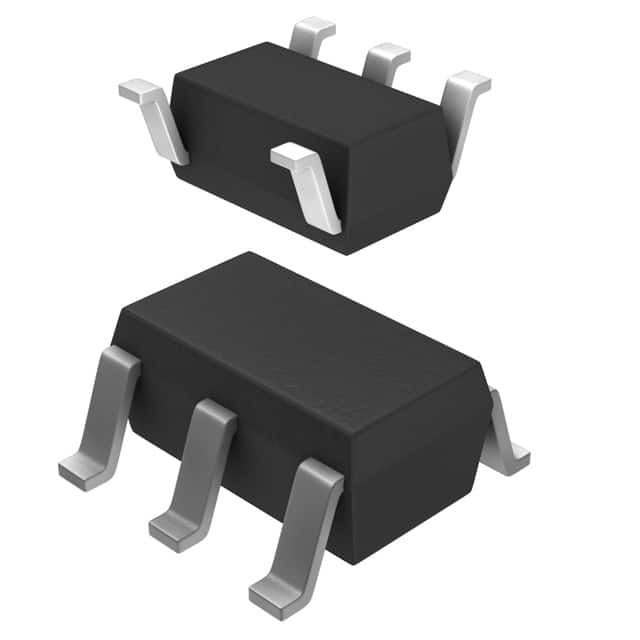AP2213M-3.0TRG1 Product Introduction:
Diodes Incorporated Part Number AP2213M-3.0TRG1(PMIC - Voltage Regulators - Linear), developed and manufactured by Diodes Incorporated, distributed globally by Jinftry. We distribute various electronic components from world-renowned brands and provide one-stop services, making us a trusted global electronic component distributor.
AP2213M-3.0TRG1 is one of the part numbers distributed by Jinftry, and you can learn about its specifications/configurations, package/case, Datasheet, and other information here. Electronic components are affected by supply and demand, and prices fluctuate frequently. If you have a demand, please do not hesitate to send us an RFQ or email us immediately sales@jinftry.com Please inquire about the real-time unit price, Data Code, Lead time, payment terms, and any other information you would like to know. We will do our best to provide you with a quotation and reply as soon as possible.
Introducing the Diodes Incorporated AP2213M-3.0TRG1, a highly efficient and versatile voltage regulator designed to meet the demands of various electronic applications. With its advanced features and exceptional performance, this product is set to revolutionize the power management industry.
The AP2213M-3.0TRG1 boasts an ultra-low dropout voltage of only 300mV at 3A, ensuring stable and reliable power supply even in the most demanding conditions. Its wide input voltage range of 2.5V to 5.5V makes it suitable for a wide range of applications, from portable devices to industrial equipment.
This voltage regulator also features a high PSRR (Power Supply Rejection Ratio) of 70dB at 1kHz, ensuring excellent noise immunity and minimizing the impact of power supply fluctuations. Additionally, it offers a fast transient response time, enabling quick and efficient power delivery.
The AP2213M-3.0TRG1 is ideal for a variety of application fields, including smartphones, tablets, wearable devices, and other portable electronics. Its compact size and low power consumption make it perfect for space-constrained designs, while its high efficiency helps extend battery life.
With its exceptional performance, advanced features, and wide range of applications, the Diodes Incorporated AP2213M-3.0TRG1 is the ultimate choice for power management solutions. Experience the future of voltage regulation with this groundbreaking product.
Voltage Regulators-Linear is an electronic device used to convert an unstable DC voltage into a stable DC voltage. It regulates the voltage through an active component (such as a transistor or field effect tube) and a feedback network to ensure that the output voltage remains constant within a certain range. Linear regulators usually operate under low input voltage changes and load changes, and are able to provide a very clean and smooth output voltage.
Application
Voltage Regulators-Linear has a wide range of applications, covering almost all electronic devices requiring a stable DC power supply. In the field of consumer electronics, linear voltage regulators are widely used in mobile phones, tablets, laptops and other portable devices to provide stable voltage support for core components such as processors, memory and display screens. In the field of industrial automation and instrumentation, linear voltage regulators are often used in precision measuring instruments, sensor signal processing and other occasions because of their low noise and high precision characteristics. In addition, linear regulators also play an indispensable role in areas such as medical equipment, aerospace, and automotive electronics, where the quality of the power supply is extremely high. For example, in medical equipment, linear regulators ensure the power stability of devices such as pacemakers and monitors, ensuring the safety of patients.
FAQ about PMIC - Voltage Regulators - Linear
-
1. Do linear regulators need capacitors?
Linear regulators usually require capacitors.
The working principle and design requirements of linear regulators determine that they usually require capacitors to ensure stable operation. These capacitors are mainly used to filter and stabilize the output voltage, help reduce output ripple and noise, and thus improve the stability and reliability of the power supply.
Specifically:
1. Input and output capacitors: Linear regulators usually require one or more input capacitors and one output capacitor. These capacitors help smooth the input and output voltages, reduce voltage fluctuations, and thus provide a stable output voltage.
2. Power supply rejection capability: The power supply rejection capability of a linear regulator is an important indicator, which is related to whether it can effectively suppress unwanted signals and avoid interference with the output voltage. If the power supply rejection capability is poor, unnecessary signals may be left behind, affecting the purity of
-
2. What are the alternatives to linear regulators?
Alternatives to linear regulators include Semiconductor HT7144S, K7805-2000R3, TPS70933DBVR, CLR6212, XC6220B331MR-G, LR7550-M, SGM2054XTD10G/TR, ME6213C33M5G, RS3236-3.3YF5, KL2036-2.2V, etc. These alternatives cover different package forms (such as SOT-23, SOP8, etc.) and output voltage and current specifications to meet the needs of different applications. For example, the HT7144S is a three-terminal linear regulator, while the TPS70933DBVR is an LDO (low dropout linear regulator) with lower output voltage and current specifications. CLR6212 and XC6220B331MR-G provide higher output current capabilities and are suitable for applications that require larger current outputs. LR7550-M and SGM2054XTD10G/TR provide specific voltage and current specifications to meet the needs of specific fields. ME6213C33M5G and RS3236-3.3YF5 are regulators with specific packaging forms, suitable for space-constrained application scenarios. KL2036-2.2V is a linear regulator with a lower output voltage, su
-
3. What is the minimum input voltage of a linear regulator?
The minimum input voltage range of linear regulator varies from model and application.
For certain low -voltage lower -voltage regulators, its minimum input voltage range is usually 2.5V to 2.7V. This type of regulator design is used to power the internal LDO drive circuit and can drive PMOS FET to provide high output current. However, when the output voltage is lower than 1.8V and the output current is greater than 2.5A, the linear regulator with PMOS bypass components may be used for external heat dissipation due to additional air flow requirements and/or the heat generated by the regulator. It becomes inconvenient and the cost will increase.
For universal linear stabilizers, its input voltage range can be very wide. For example, some general -purpose linear regulators have 3V to 40V input voltage range. Even for models suitable for 24V systems, the input maximum voltage can reach 60V Then, then
In summary, the minimum input voltage of the linear regulator does not have a fixed st
 Lead free / RoHS Compliant
Lead free / RoHS Compliant












